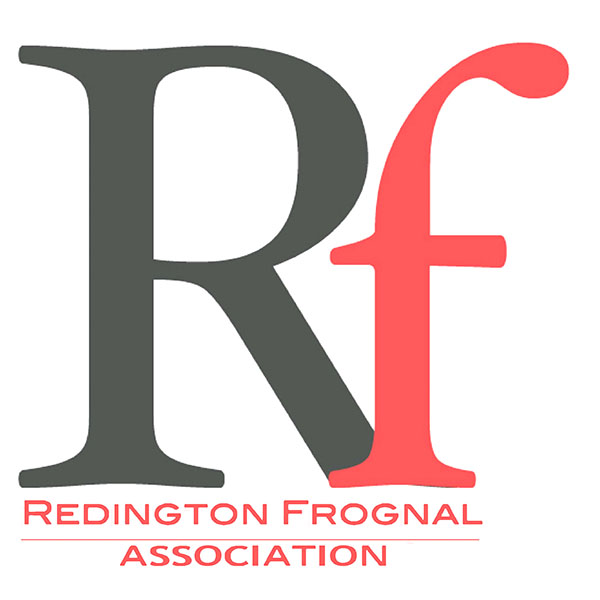Making a representation about a planning application
In order to write an effective objection to a planning application, it is important to link the impacts of the development to the Redington Frognal Neighbourhood Plan, the Redington Frognal Conservation Area Statement and Guidelines, Camden’s Local Plan policies, Camden Planning Guidance (CPG) and the London Plan.
Additionally a guide on how to making planning representations is now available below, provided by Dave Chetwyn of UrbanVision Enterprise to Redington Frognal Neighbourhood Forum in December 2021. This presentation covers tips on applying the policies in the Camden Local Plan and the Redington Frognal Neighbourhood Plan:
How to Write an Effective Planning Representation
Redington Frognal Neighbourhood Plan
The Redington Frognal Neighbourhood Plan and its policies are available at:
https://www.redfrogforum.org
Presentation by Urban Vision Enterprise on The Redington Frognal Neighbourhood Plan and Heritage and Character.
Camden Local Plan Policies
Camden Local Plan Policies are presented in text boxes with a blue background. The Policies which are most frequently cited in residential planning objections are:
- A1 Managing the impact of development
- A2 Open space
- A3 Biodiversity
- A4 Noise and vibration
- A5 Basements
- D1 Design
- D2 Heritage
- CC2 Adapting to climate change
- T2 Parking and car-free development
These (and some others) have been extracted and can be found here:
Camden – Adoption version – key policies.pdf
Camden Planning Guidance should also be referred to:
https://www.camden.gov.uk/camden-planning-guidance?inheritRedirect=true
Redington Frognal Conservation Area Appraisal and Management Strategy – 2022 Draft
Redington Frognal is one of 40 conservation areas in Camden. An updated Conservation Area Appraisal and Management Strategy is currently being consulted on and residents are requested to provide comments, by Sunday March 20th, at:
https://redfrog.commonplace.is/
The London Plan
A number of policies in the London Plan are supportive of biodiversity and
green infrastructure:
Policy G5 Urban greening
The London Plan requires development to make a contribution to Urban
Greening:
https://www.london.gov.uk/what-we-do/planning/london-plan/newlondon-plan/draft-new-london-plan/chapter-8-green-infrastructure-andnatural-environment/policy-g5
Policy G6 Biodiversity and access to nature
This requires biodiversity enhancement to be considered from the start of the
development process:
https://www.london.gov.uk/what-we-do/planning/london-plan/newlondon-plan/draft-new-london-plan/chapter-8-green-infrastructure-andnatural-environment/policy-g6
Policy G7 Trees and woodlands
Existing trees of quality are to be retained, wherever possible. If it is imperative that trees have to be removed, there should be adequate replacement based on the existing value of the benefits of the trees removed, determined by, for example, i-tree or CAVAT. The planting of additional trees should generally be included in new developments – particularly large-canopied species which provide a wider range of benefits because of the larger surface area of their canopy
https://www.london.gov.uk/what-we-do/planning/london-plan/newlondon-plan/draft-new-london-plan/chapter-8-green-infrastructure-andnatural-environment/policy-g6
Hampstead Conservation Area Advisory Committee
Hampstead CAAC is a statutory consultee and advises Camden Council on general conservation policy and all planning applications and appeals in the Hampstead, Fitzjohns/Netherhall, Redington/Frognal and South Hill Park conservation areas. More information is available here:
cindex.camden.gov.uk/kb5/camden/cd/service.page?id=tyZRdxYKNYY
